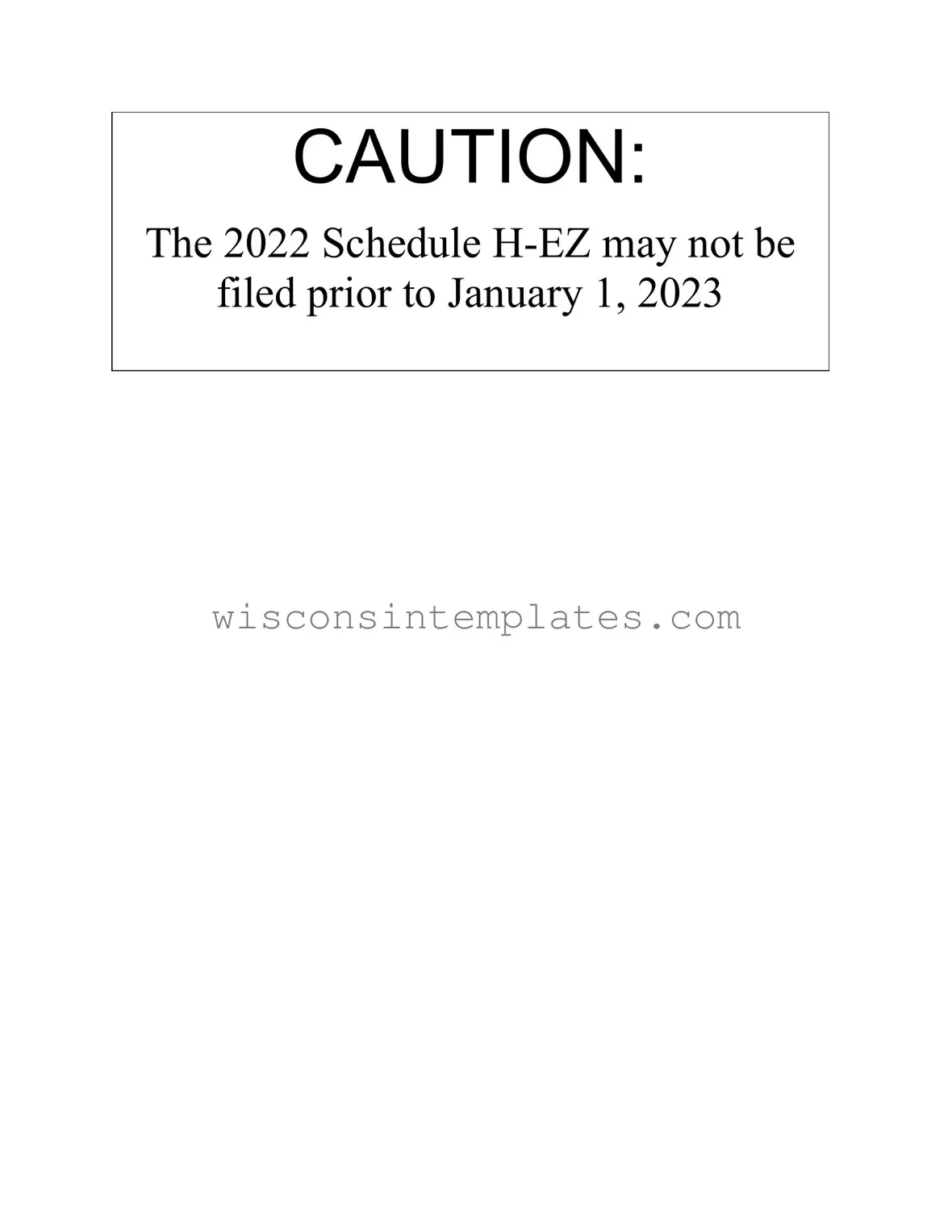The Wisconsin Homestead Credit form, known as H-EZ, is designed to provide financial relief to eligible homeowners and renters in the state. This credit aims to assist low-income individuals and families by reducing their property tax burden or rent expenses. To complete the form, you must provide personal information, including social security numbers and residency details, as well as your age and that of your spouse. It is crucial to confirm that you meet the eligibility criteria, such as being a legal resident of Wisconsin for the entire year and not being claimed as a dependent on another person’s tax return. The form requires you to report your household income, which includes wages, pensions, and various forms of assistance, while excluding certain non-taxable income. Additionally, you will need to specify your property taxes or rent payments, as these figures are essential in calculating the credit amount. The final steps involve determining your total credit based on your household income and the lesser of your property tax or rent paid, ensuring that you receive the maximum benefit available. Completing the form accurately is vital, as any discrepancies could affect your eligibility for the credit.
